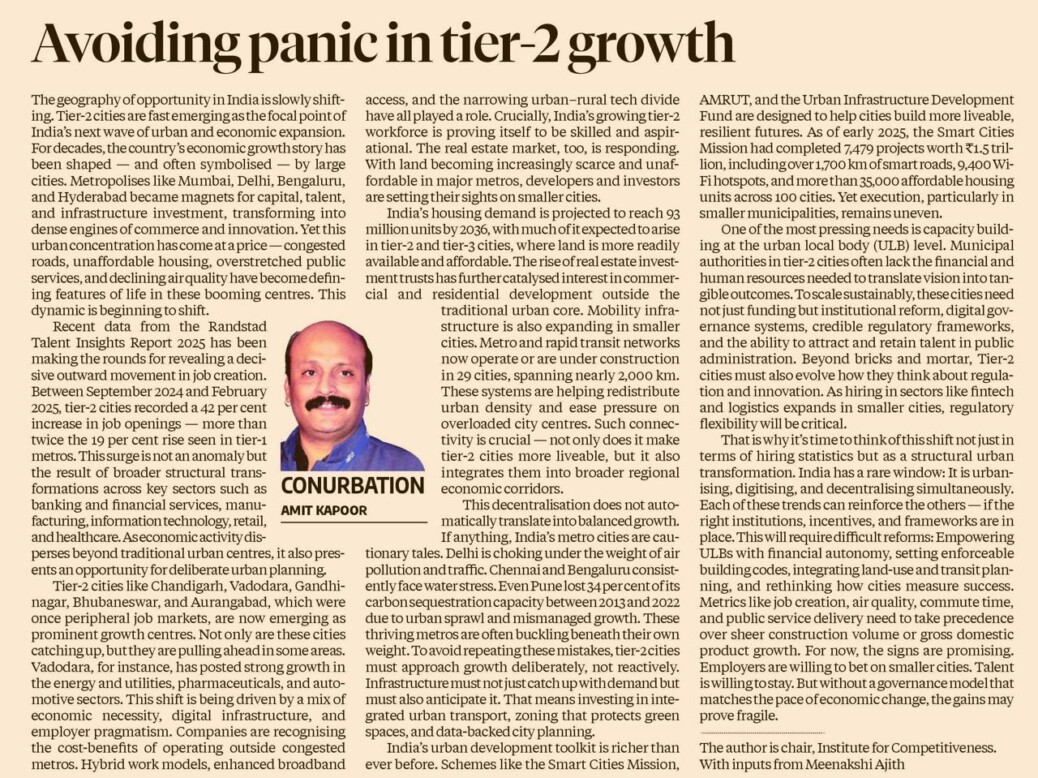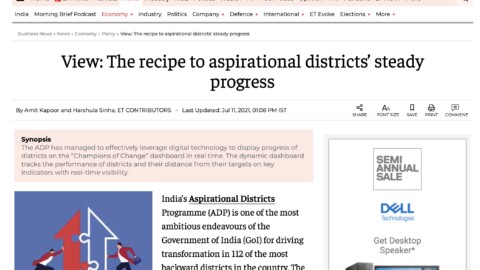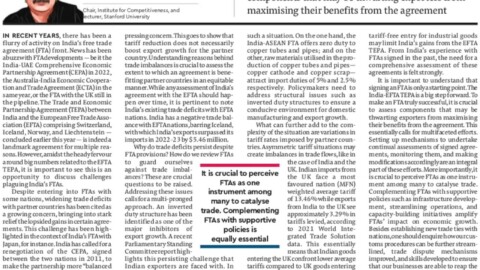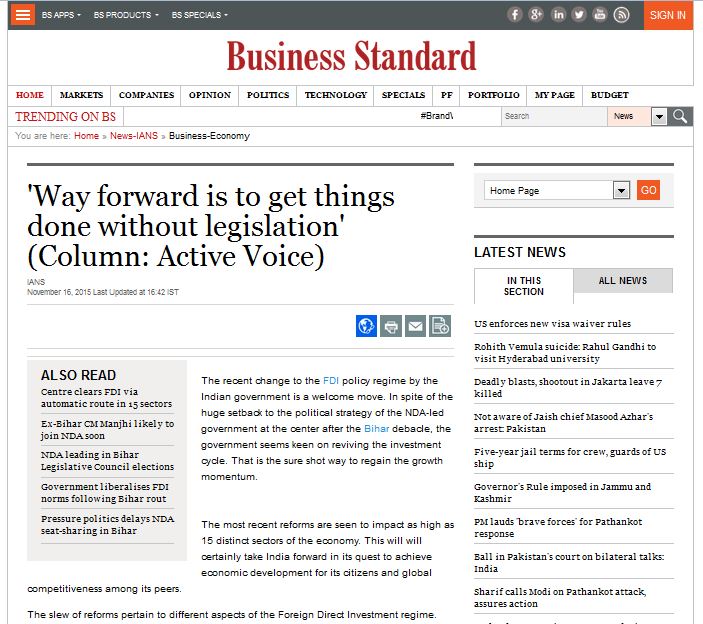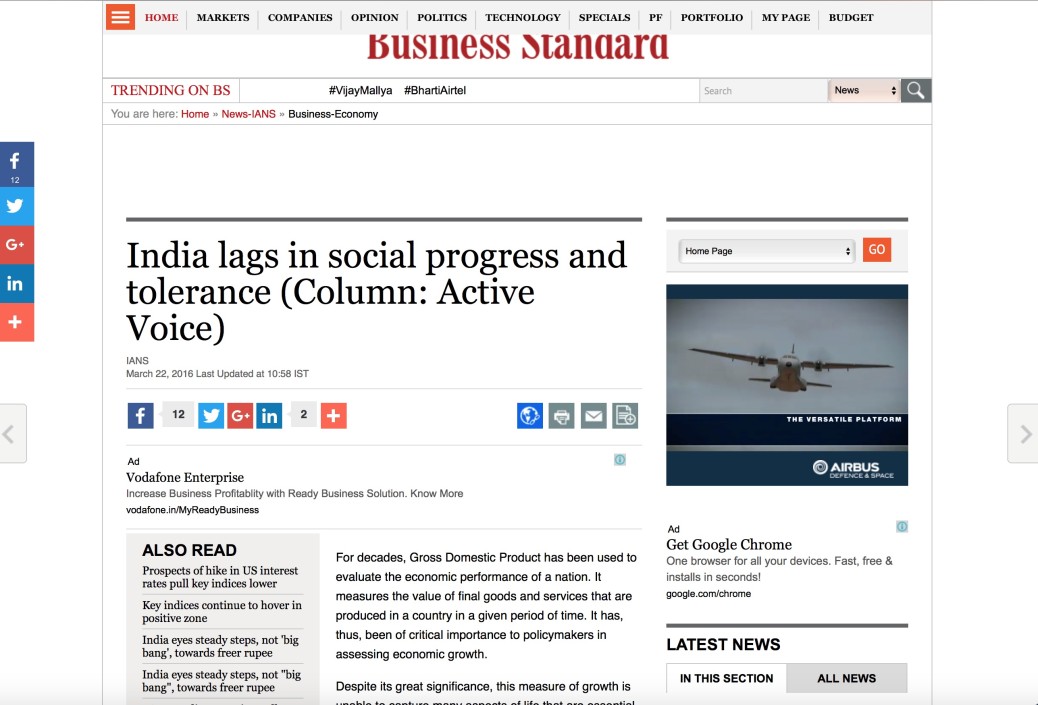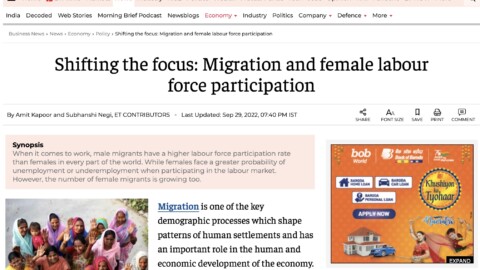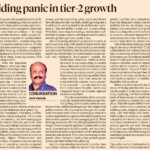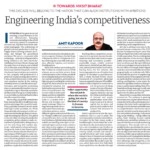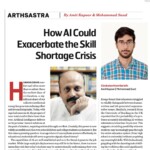The geography of opportunity in India is slowly shifting. Tier-2 cities are fast emerging as the focal point of India’s next wave of urban and economic expansion. For decades, the country’s economic growth story has been shaped and often symbolised by large cities. Metropolises like Mumbai, Delhi, Bengaluru, and Hyderabad became magnets for capital, talent, and infrastructure investment, transforming into dense engines of commerce and innovation. Yet this urban concentration has come at a price: congested roads, unaffordable housing, overstretched public services, and declining air quality have become defining features of life in these booming centres. This dynamic is beginning to shift. Recent data from the Randstad Talent Insights Report 2025 has been doing rounds for revealing the decisive and outward movement in job creation. Between September 2024 and February 2025, tier-2 cities recorded a 42% increase in job openings, more than twice the 19% rise seen in tier-1 metros. This surge is not an anomaly but a consequence of the broader structural transformation across key sectors such as banking and financial services, manufacturing, information technology, retail, and healthcare. As economic activity disperse beyond the traditional urban centres, it also offers an opportunity for deliberate urban planning.
Tier-2 cities like Chandigarh, Vadodara, Gandhinagar, Bhubaneswar and Aurangabad, which were once peripheral job markets, are now emerging as prominent growth centres. Not only are these cities catching up, but they are pulling ahead in some areas. Vadodara for instance has posted strong growth in energy and utilities, PHL and automotive sectors. This shift is being driven by a mix of economic necessity, digital infrastructure, and employer pragmatism. Companies are recognising the cost-benefits of operating outside congested metros. Hybrid work models, enhanced broadband access, and the narrowing urban–rural tech divide have all played a role. Crucially, India’s growing tier-2 workforce is proving itself to be skilled and aspirational. The real estate market, too, is responding. With land becoming increasingly scarce and unaffordable in major metros, developers and investors are setting their sights on smaller cities.
India’s housing demand is projected to reach 93 million units by 2036, much of it expected to arise in tier-2 and tier-3 cities where land is more available and affordable. The rise of real estate investment trusts has further catalysed interest in commercial and residential development outside the traditional urban core. Mobility infrastructure is also expanding in smaller cities. Metro and rapid transit networks now operate or are under construction in 29 cities, spanning nearly 2,000 km, helping redistribute urban density and reduce pressure on overloaded city centres. This kind of connectivity is key: it not only makes tier-2 cities more liveable but also integrates them into regional economic corridors.
This decentralisation does not automatically translate into balanced growth. If anything, India’s metro cities are cautionary tales. Delhi is choking under the weight of air pollution and traffic. Chennai and Bengaluru consistently face water stress. Even Pune lost 34% of its carbon sequestration capacity between 2013 and 2022 due to urban sprawl and mismanaged growth. These thriving metros are often buckling beneath their own weight. To avoid repeating these mistakes, tier-2 cities must approach growth deliberately, not reactively. Infrastructure must not just catch up with demand but must also anticipate it. That means investing in integrated urban transport, zoning that protects green spaces, and data-backed city planning. India’s urban development toolkit is richer than ever before: schemes like the Smart Cities Mission, AMRUT, and the Urban Infrastructure Development Fund are designed to help cities build more liveable, resilient futures. As of early 2025, the Smart Cities Mission had completed 7,479 projects worth ₹1.5 lakh crore, including over 1,700 km of smart roads, 9,400 Wi-Fi hotspots, and more than 35,000 affordable housing units across 100 cities. Yet execution, particularly in smaller municipalities, remains uneven. One of the clearest needs is capacity building at the urban local body level. Municipal authorities in tier-2 cities often lack the financial and human resources to translate vision into outcomes. To scale sustainably, these cities need not just funding but institutional reform and digital governance systems, credible regulatory frameworks, and the ability to attract and retain talent in public administration. Beyond bricks and mortar, Tier-2 cities must also evolve how they think about regulation and innovation. As hiring in sectors like fintech, and logistics expands in smaller cities, regulatory flexibility will be critical.
That is why it’s time to think of this shift not just in terms of hiring statistics but as a structural urban transformation. India has a rare window: it is urbanising, digitising, and decentralising simultaneously. Each of these trends can reinforce the others if the right institutions, incentives, and frameworks are in place. This will require difficult reforms: empowering ULBs with financial autonomy, setting enforceable building codes, integrating land-use and transit planning, and rethinking how cities measure success. Metrics like job creation, air quality, commute time, and public service delivery need to take precedence over sheer construction volume or GDP growth. For now, the signs are promising. Employers are willing to bet on smaller cities. Talent is willing to stay there but without a governance model that matches the pace of economic change, the gains may be fragile.
The article was published with Business Standard on June 18, 2025.
